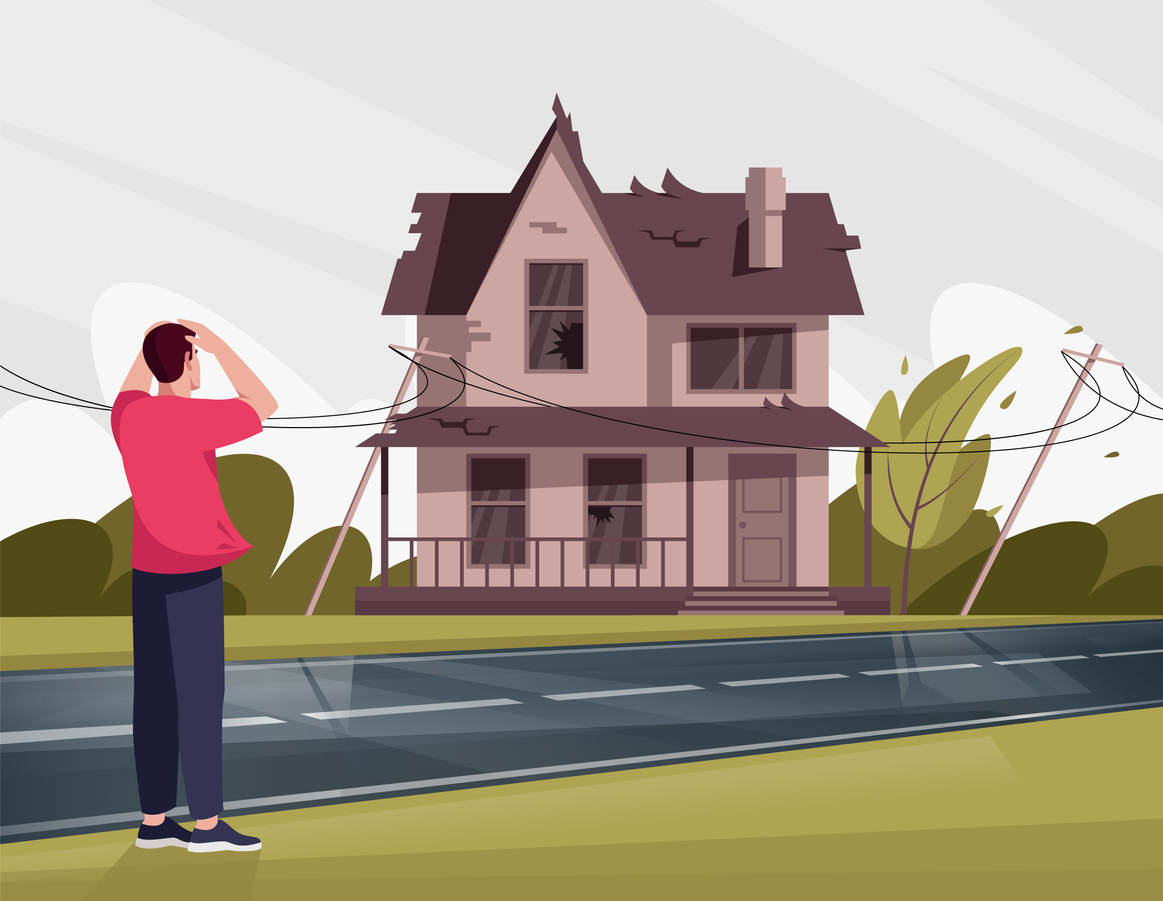Natural disasters such as hurricanes, floods, wildfires, and earthquakes can disrupt daily life and pose significant safety risks. While it’s not too often we experience those in Eastern Ontario, it is realistic to be prepared for a significant winter storm that can knock out power for several hours. Among the many concerns during these events, electrical safety is a top priority. Understanding how to enact electrical safety measures during a natural disaster is crucial for your well-being. In this guide, we’ll explore essential electrical safety measures you should follow to protect yourself, your loved ones, and your property.
1. Turn Off the Power
If you are aware of an impending natural disaster in your area, and the outdoors are starting to take a turn for the worse, turn off the power to your home. Be sure to also evacuate if authorities recommend it.
Turning off your power prevents electrical surges, fires, or electrocution caused by damaged wiring during the disaster. If you choose to evacuate, unplug all of your appliances and electrical devices just in case.
2. Avoid Standing Water
In many natural disasters, flooding is a common occurrence. Never wade through or allow your children or pets to play in floodwaters, as they can be electrified due to downed power lines or compromised electrical systems in homes.
Stay out of flooded basements and evacuate if necessary.
3. Beware of Downed Power Lines
After a storm, downed power lines can be hidden beneath debris or in water. Always assume that any fallen power line is live and dangerous.
Stay at least 30 feet away from it and warn others to do the same. Contact emergency services and your utility company to report the downed line.
4. Use Portable Generators Safely
Portable generators can provide essential power during an outage, but they must be used with caution.
Never operate a generator indoors, in a garage, or near windows or vents. Doing so can lead to deadly carbon monoxide poisoning.
Place the generator in a well-ventilated outdoor area, and connect appliances directly to it using heavy-duty extension cords.
5. Check Appliances and Electrical Systems
After the natural disaster has passed, it’s essential to inspect your electrical systems and appliances for damage. Look for frayed or exposed wires, charred outlets, and signs of water damage.
If you find any issues, refrain from using the affected items until a professional electrician can inspect and repair them.
6. Invest in Surge Protectors and Ground Fault Circuit Interrupters (GFCIs)
Surge protectors can safeguard your electronic devices from voltage spikes caused by power surges during a natural disaster.
Installing GFCIs in areas where water may be present, such as kitchens and bathrooms, can protect against electrical shock.
7. Plan for Emergencies
Include electrical safety measures in your overall emergency plan. Ensure that everyone in your household knows how to turn off the electricity and where emergency shut-off switches or circuit breaker panels are located.
Keep essential emergency supplies, including flashlights, batteries, and a battery-powered weather radio, readily available.
8. Stay Informed
Stay informed about weather conditions and updates from local authorities.
Having a battery-powered weather radio can help you receive real-time information about the disaster’s progress, including potential threats to electrical infrastructure.
Prioritizing electrical safety measures during a natural disaster is vital for your family’s well-being and property protection. Always err on the side of caution, and when in doubt, seek guidance from professionals. By following these safety measures, you can reduce the risks associated with electrical hazards during challenging times and increase your resilience in the face of natural disasters.

